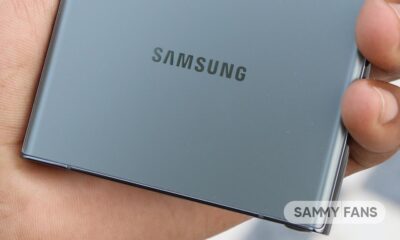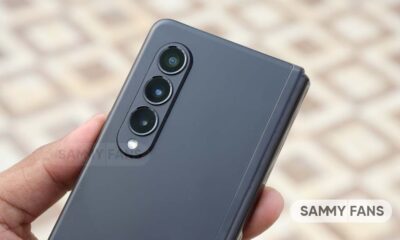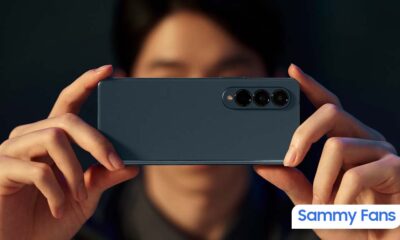Tips
How to save battery life of your Samsung Galaxy Note 20 or Note 20 Ultra

Samsung Galaxy Note 20 series is more than ever a meaningful device that helps people create, and connect more easily so they can work, play, and stay in touch with everyone from anywhere.
The Note 20 series is making adapting to the next normal even easier by building on the heritage of the Note 20 series and delivering a unique experience designed for users that want to get more done and enjoy premium entertainment in the palm of their hands from anywhere they desire.
Similarly, Samsung also offers the Galaxy’s High-quality, High-performance Battery. Every Samsung mobile device is equipped with a high-quality to strengthen your Galaxy experience.
In terms of battery capacity, Samsung Galaxy Note 20 equipped with a 4300mAh and Galaxy Note 20 Ultra has 4500mAh battery life.
Read More: Samsung Galaxy S10 series One UI 3.0/Android 11 update status
You can check battery information such as how much time is left on your battery, switch to Power Saving Mode, or set app permissions to run in the background by going to Settings > Device Maintenance > Battery.
The tips below will show you how to get the best out of your Samsung Galaxy Note 20 series battery in everyday usage.
Adjust display settings
Adjusting the display setting in Galaxy Note 20 series to the long screen time-out settings or high display brightness can substantially reduce battery time.
Lower your brightness setting by pulling down the notifications menu and using the slider to adjust the brightness. You shouldn’t need full brightness unless you are outside in direct sunlight.
Brightness
- Go to Settings,
- Then tab to Display.
- Adjust the slider until you reach your desired brightness.
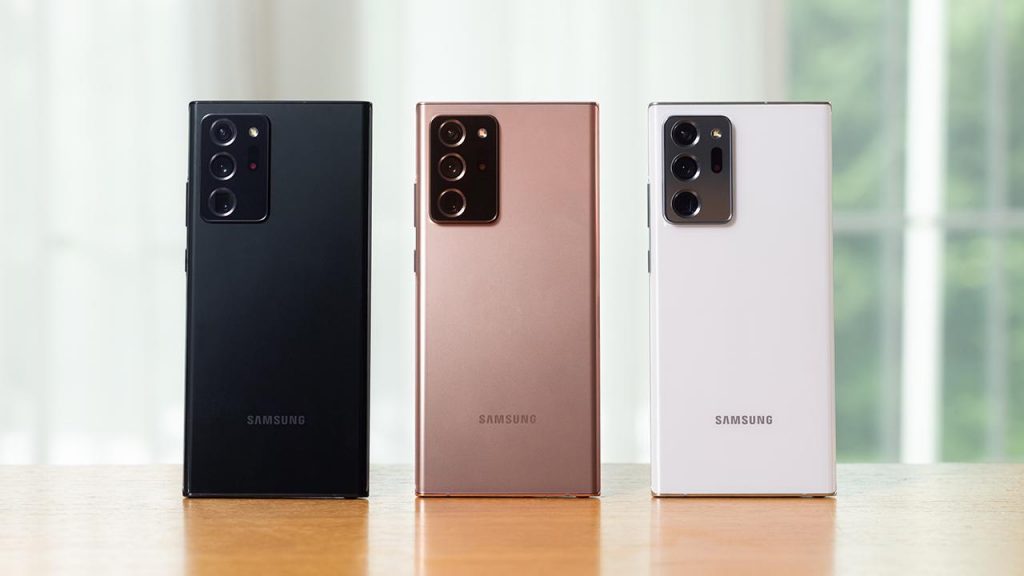
Reduce the screen refresh rate
A higher screen refresh rate such as 120Hz, allows you to enjoy an enhanced experience while reading articles, watching movies, and playing games. On the flip side, it also consumers a massive amount of battery life to give you a perfect graphics performance. However, turning off the high refresh rate could help you to greatly reduce the power consumption and provides you more long battery performance.
Adjust the refresh rate
- From Settings, search for and select Motion smoothness.
- Tap Motion smoothness again, and then choose your desired option.
- Standard refresh rate – 60 Hz refresh rate, use this if you want to save your battery life.
- High refresh rate or Adaptive – 120 Hz refresh rate, which will have all the benefits we discussed.
Note: 120 Hz refresh rate is not supported on WQHD+ resolution. If you switch to this resolution, the refresh rate will drop to 60 Hz.
Reduce Display resolution:
Similar to a Higher refresh rate, Samsung Galaxy Note 20 Ultra also comes with Quad HD+ resolution, which allows you to watch content in high quality but it also takes a big part of Note 20 Ultra’s battery life.
- Swipe down the notification panel and tap on the Setting icon.
- Scroll down and tap on Display.
- Tap on Screen resolution.
- Choose resolution:
- HD+ (1544×720)
- FHD+ (2316×1080)
- WQHD+ (3088×1440)
Turn off Always On Display (AOD) or set schedule
Always On Display or AOD uses AMOLED displays to show you certain information when your screen is ‘off’. It allows you to easily check basic information such as date and time without activating the display.
Naturally, any activity that makes your screen turn on all the time will consume some power from your battery. You can choose to turn off AOD or set a time schedule for AOD to turn on/off.
To turn off AOD:
- Go to Settings > Lock screen and security > Lock screen and Always On Display.
- Turn off AOD by tapping on the AOD slider.
Power Saving Mode
Your device has a Power Saving Mode. Power Saving Mode differs slightly between devices but generally, it will close all unnecessary apps and screens so that you can essentially increase your battery time.
To enable Power Saving Mode in Note 20 series, follow the below steps:
Medium power-saving mode
- From Settings, search for and select Battery.
- Tap Power mode and then tap Medium power saving, review the mode’s settings, and then tap Apply.
Maximum power-saving mode
- From Settings, search for and select Battery.
- Tap Power mode.
- Then tap Maximum power saving, review the mode’s settings, and then tap Apply.
Optimized power-saving mode
- From Settings, search for and select Battery.
- Tap Power mode, and then tap Optimized.
Device data synchronize
Samsung Galaxy consists of a number of apps. Out of that, email, or social media, these apps will frequently sync, or check for new emails or updates. Frequently syncing can reduce your battery life.
To check the sync settings in Galaxy Note 20 series in your apps or email, and ensure they only sync as often as you need them to.
Disable Auto Sync
- Go to Settings.
- Choose Cloud and accounts.
- Choose Accounts.
- Tap three dots for more options.
- Tap Disable auto-sync to turn off auto-sync of all accounts.
Number of signal bars
If you use your device for long areas of poor response, your device will use more power to communicating with your network operator.
The use of mobile data in areas with a low signal can use a lot of power. Switch off mobile data if you are running short of battery and don’t need it.
Wi-Fi, Bluetooth, and GPS
Switch off Wi-Fi, Bluetooth, and GPS if you don’t need them, as each regularly checks for a signal which uses power.
You can switch each of these off by pulling down the drop-down menu and tapping the relevant icon.
Apps and Multimedia
Apps and content that keep the device awake over an extended period of time can quickly drain the battery (e.g.playing games or watching movies). Some apps are particularly power-hungry, especially if they use features like GPS.
Ensure you close apps when not in use, and if you are out and about and using apps that you know are power-hungry, consider investing in a rechargeable battery pack if you do not expect to have anywhere to charge your device.
Charging your device in the right way
If your battery is charging slower than you expect, make sure you are using the right charger as the amperage on chargers can differ.
– Always use an official Samsung charger, preferably the one that came in the box. If you need to replace your charger, check that the amperage of your new charger is appropriate for the model of your device.
– The power output of where you plug in your device will also affect charging time. Charging your device directly from a power outlet will charge it faster than if you plug it into your laptop.
Minimize hot and cold exposure.
Extreme heat and cold can damage your battery. And continuous use or charging in extreme temperatures may accelerate battery temperature. Samsung’s battery is designed to perform best at 0°-35°C.
Battery saving mode
- From the Home screen, swipe up on an empty spot to open the Apps service.
- Tap Settings > Device care > Battery.
- Tap Power mode then selects from the following:
- High performance
- Optimized
- Medium power saving
- Maximum power saving
- Tap Adaptive power saving to turn on / off.
Some more tips to save battery life
- Turn off background data.
- Turn off Wi-Fi, Bluetooth, GPS, and Smartphone Mobile Hotspot.
- Uninstall unused apps.
- Update to the latest software.
Set device to sleep when unused
- Press and then quickly release the Power key to set the screen to sleep mode.
Quick optimization
The quick optimization feature improves device performance through the following actions:
Optimized: Get the recommended balance of performance and battery life.
Medium power saving: Extended battery life by limiting some functions.
Maximum power saving: Save as much battery as possible. You can also access more battery options by touching More Options and then touching Settings. Touch Battery usage to get a detailed report about your usage record.
- Identifying apps that use excessive battery power and clearing unneeded items from memory.
- Deleting unnecessary files and closing apps running in the background.
- Scanning for malware.
To use the quick optimization feature:
- From Settings, tap Device care > Optimize now.
Want to send us Tips, Update Screenshots, or a Message? connect with us here:
- [email protected]
- Message us on Twitter
Tips
How to create and use Secure Folder in Samsung Galaxy
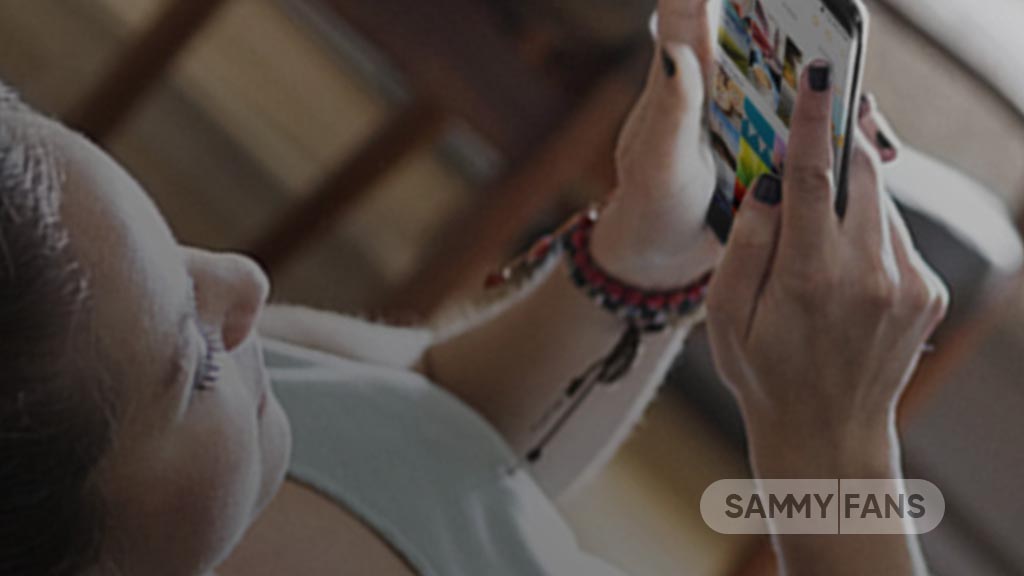
Samsung Galaxy phones come with a Secure Folder feature for enhanced data protection. It works as a dedicated compartment in your Galaxy smartphone where you can store different kinds of files (photos, videos) and installed applications.
The Knox technology provides layers of security and privacy, not only to protect users but also to give them a choice in what they want to secure. For those who want to keep their most personal information separate and safe, there’s Secure Folder.
Photos, videos, and files stored in Secure Folder won’t be accessible in regular apps. If you need them, you have to access the Secure Folder – authentication required. It takes the security and user privacy to a whole new level and the data is secured by Samsung on-device.
Secure Folder can keep your most private data such as calendar schedules and contact info, as well as notes, photos, videos, files, and even apps. You can even encrypt the Secure Folder to keep your apps and data even more locked down until the next time you open the folder.
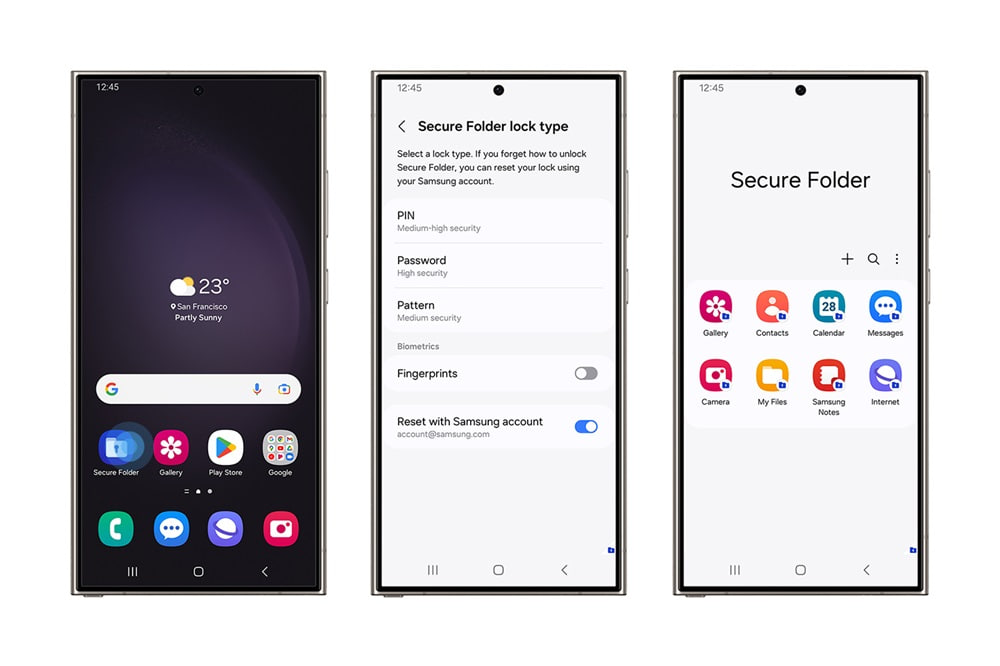
You can find Secure Folder in your apps.
The first time you open it, you’ll have to set your lock type to either a PIN, pattern, or password, with fingerprint authentication can be enabled as well. Anything you create within the Secure Folder will be automatically stored here, but you can also move data here at any time.
For instance, if you want to keep a copy of your driver’s license, you can take a photo of it using the Camera app within Secure Folder, or you can pick a photo in your Gallery, tap the options menu (the three dots) and then select ‘Move to Secure Folder.’
Stay up-to-date on Samsung Galaxy, One UI & Tech Stuffs by following Sammy Fans on X/Twitter. You can also discover the latest news, polls, reviews, and new features for Samsung & Google Apps, Galaxy Phones, and the One UI/Android operating system.
Do you like this post? Kindly, let us know on X/Twitter: we love hearing your feedback! If you prefer using other social platforms besides X, follow/join us on Google News, Facebook, and Telegram.
One UI 6.1
Samsung One UI 6.1 Advanced Motion Photo Feature
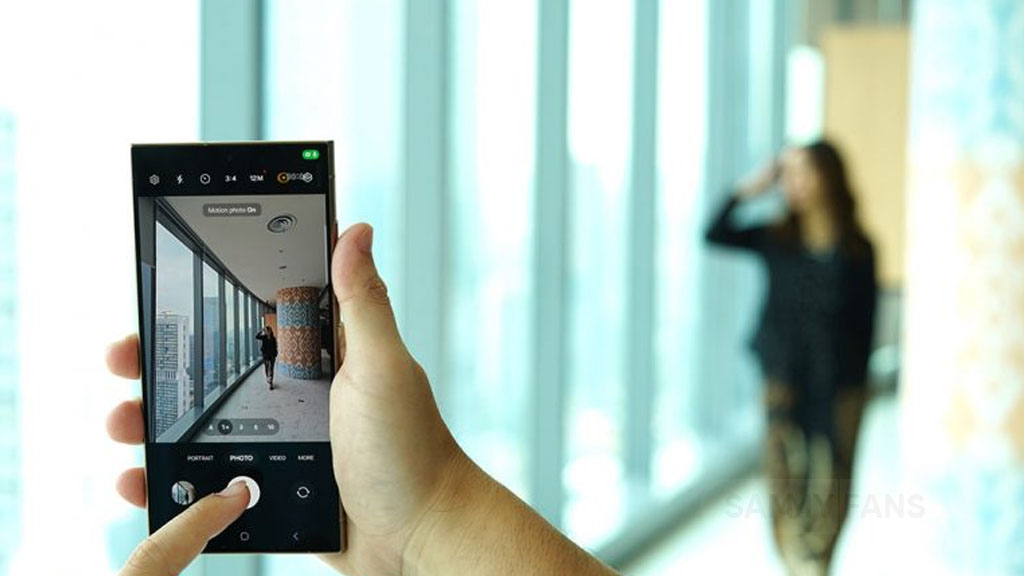
Samsung One UI 6.1 brings an amazing photography experience with its enhanced Motion Photo feature. This enhanced functionality arrives with the Galaxy S24 series with One UI 6.1 and offers users the ability to capture the best moments with unmatched precision and creativity.
With One UI 6.1 update, the enhanced Motion Photo feature is available on the Galaxy S23 series including S23 FE, Galaxy Z Fold 5, Galaxy Z Flip 5, and Galaxy Tab S9 series. It is soon available on Galaxy S22 series, Galaxy Z Fold 4, and Galaxy Z Flip 4 smartphones.
Motion Photo Feature
The Motion Photo feature of Samsung One UI 6.1 allows users to record a scene in a dynamic sequence of up to 90 frames, capturing a detailed 3-second preview before and after the shutter is pressed. This means you can pick the best photo from several options, even if you thought you missed the moment.
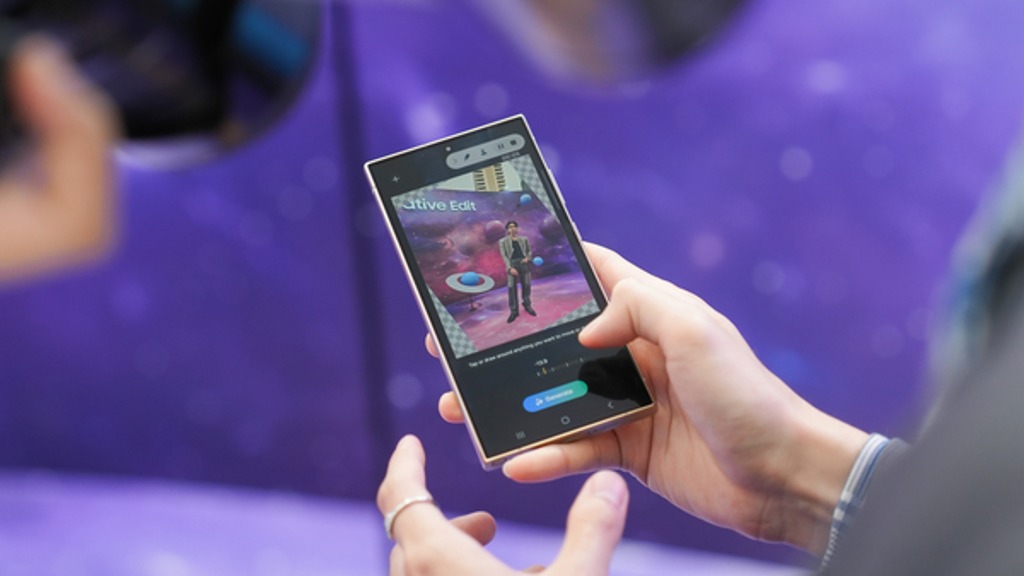
The Galaxy S24 Series’ camera is not just fast, it’s smarter and more intuitive. With a shutter speed that’s 30% quicker than the previous models, the ‘Faster Shot-to-Shot Shutter Speed’ capability of the Galaxy S24 series ensures you’re always ready to capture a candid scene.
The AI automatic enhancement feature refines the chosen frame, saving it as a high-resolution image with vivid details up to 12MP. Even in challenging lighting conditions, the Super High Dynamic Range (HDR) feature ensures your photos are clear and vibrant.
How to use the Motion Photo feature?
- Launch the Camera app
- Enable the Motion Photo feature by tapping on its icon.
- Click the shutter button as usual to take a photo
- Visit the Gallery and select your photo that has been successfully taken.
- Tap ‘View Motion Photo’ to explore the frames.
- Choose the best image in Motion Photo and apply ‘Quick Crop’.
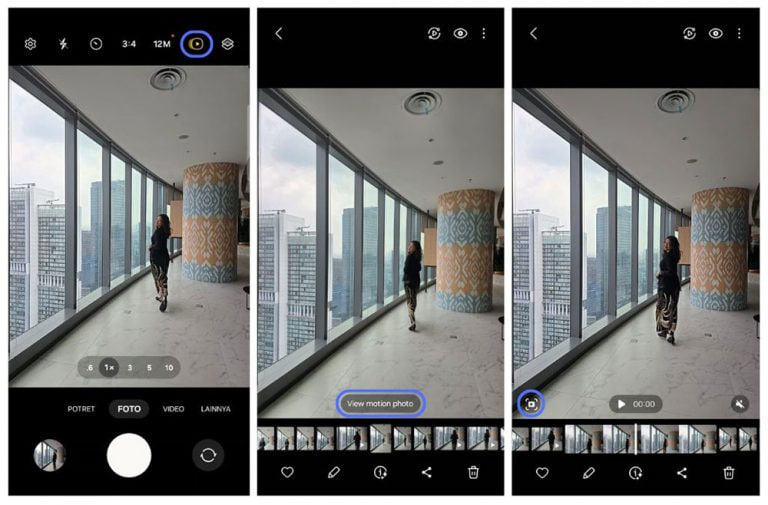
Stay up-to-date on Samsung Galaxy, One UI & Tech Stuffs by following Sammy Fans on X/Twitter. You can also discover the latest news, polls, reviews, and new features for Samsung & Google Apps, Galaxy Phones, and the One UI/Android operating system.
Do you like this post? Kindly, let us know on X/Twitter: we love hearing your feedback! If you prefer using other social platforms besides X, follow/join us on Google News, Facebook, and Telegram.
One UI 6.1
Samsung One UI 6.1 Intelligent Optimization Camera Feature
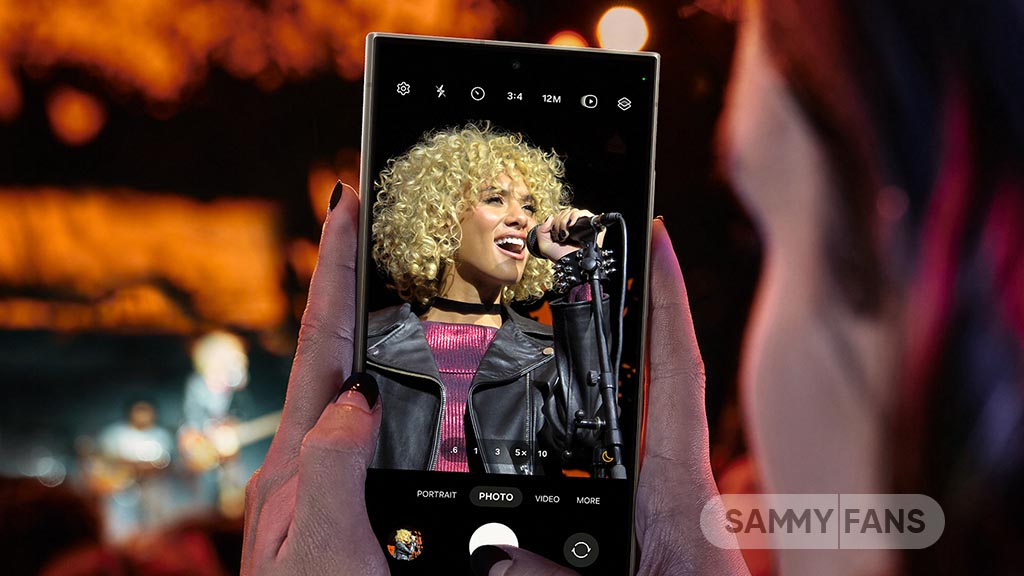
Samsung Galaxy S24 series introduced several new features and enhancements with the One UI 6.1, one of which is Intelligent Optimization. This feature is designed to give users specific control over the image processing levels directly from the camera settings.
The Intelligent Optimization feature allows users to adjust how their photos are processed. Whether capturing everyday moments or professional shots, the Intelligent Optimization feature in One UI 6.1 ensures that your photos meet your standards with minimal effort.
How to activate it?
You can easily enable the Intelligent Optimization feature by following the steps below.
- Open the Camera app, then Settings.
- Tap on Intelligent Optimization.
- Choose the desired optimization level
- Maximum
- Medium: Speed up capture time by doing less optimization
- Minimum: Take pictures as fast as possible by not optimizing pictures after they are taken.
- Optionally, enable or disable the Scene Optimizer.
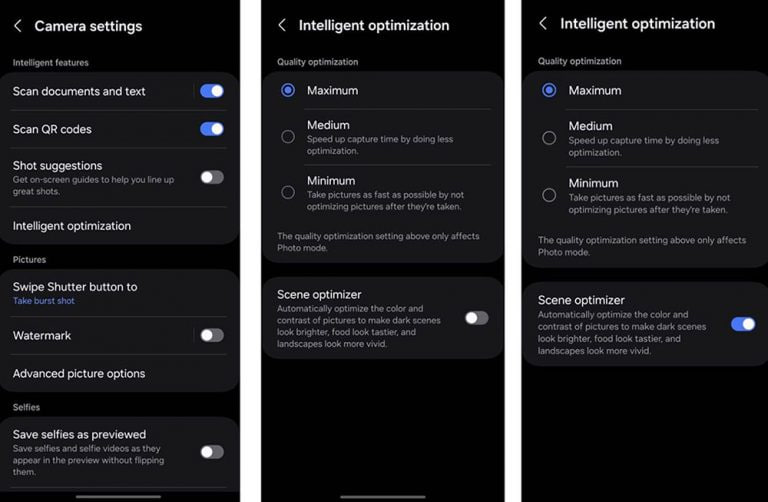
This feature allows for customization of photo attributes such as sharpness, contrast, and brightness. For example, selecting the minimum level results in more natural-looking images, while the maximum level increases detail and sharpness, which is ideal for zoomed-in shots. Notably, the quality optimization setting of these levels only affects Photo Mode.
If you enable Scene Optimizer, it automatically optimizes the color and contrast of pictures to make dark scenes look brighter, food looks tastier and landscapes look more vivid.
How to use One UI 6.1 Camera Shift feature on your Samsung Galaxy
Stay up-to-date on Samsung Galaxy, One UI & Tech Stuffs by following Sammy Fans on X/Twitter. You can also discover the latest news, polls, reviews, and new features for Samsung & Google Apps, Galaxy Phones, and the One UI/Android operating system.
Do you like this post? Kindly, let us know on X/Twitter: we love hearing your feedback! If you prefer using other social platforms besides X, follow/join us on Google News, Facebook, and Telegram.



